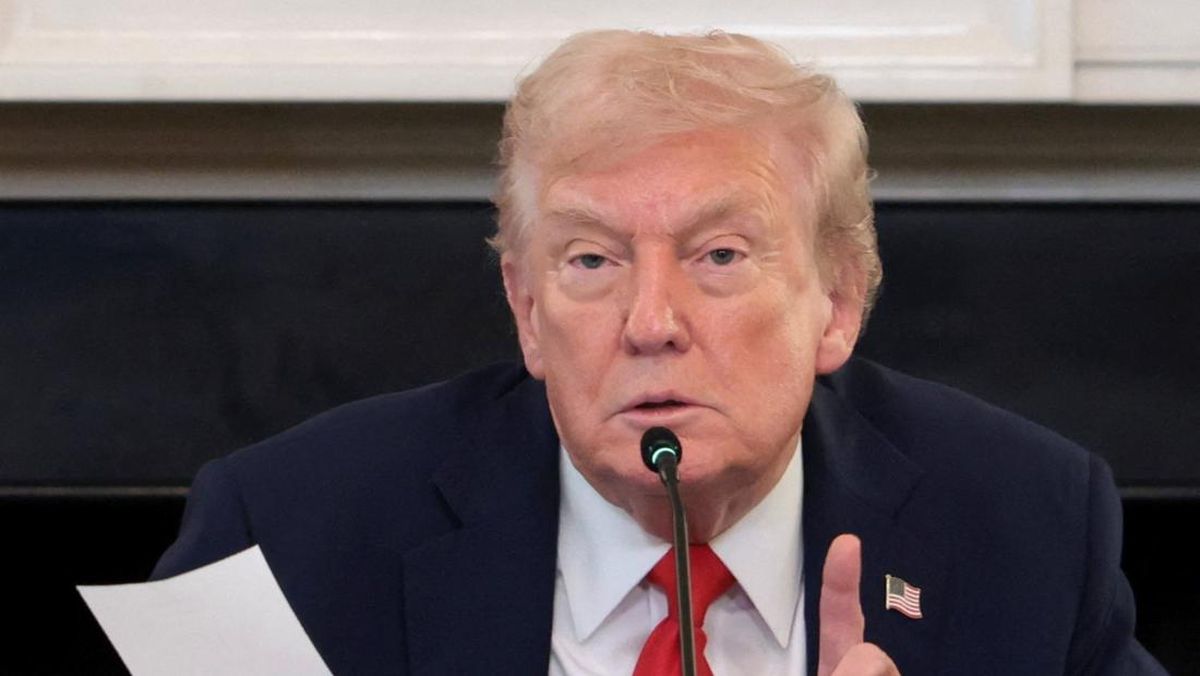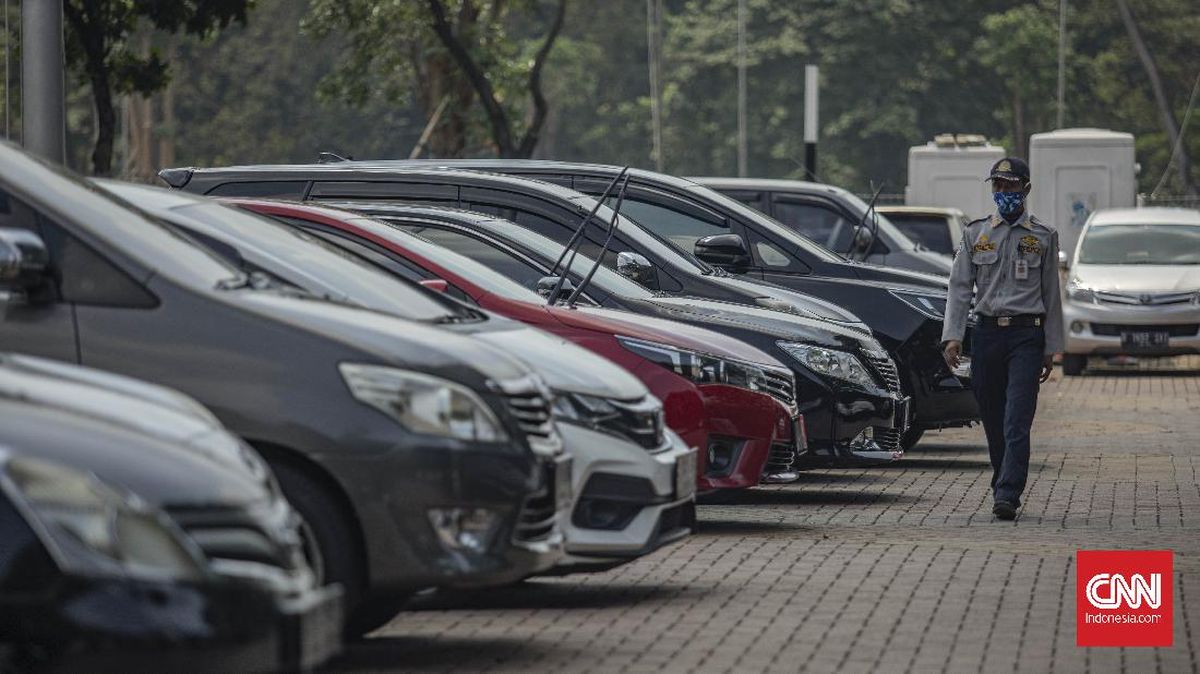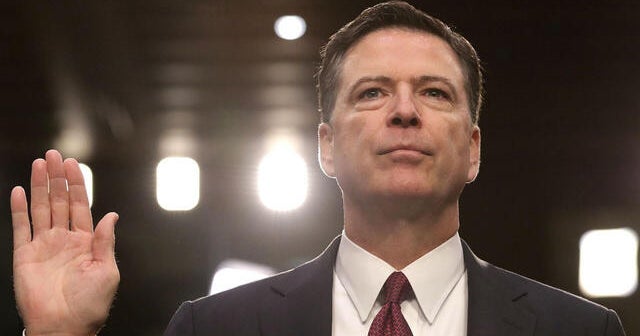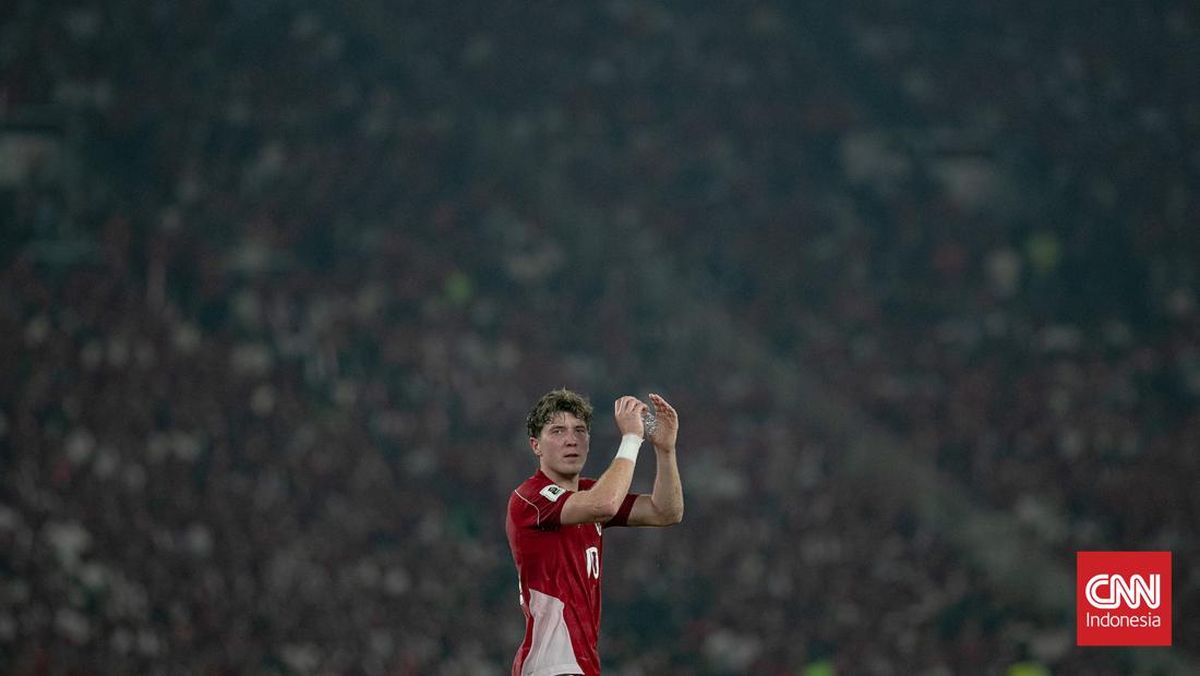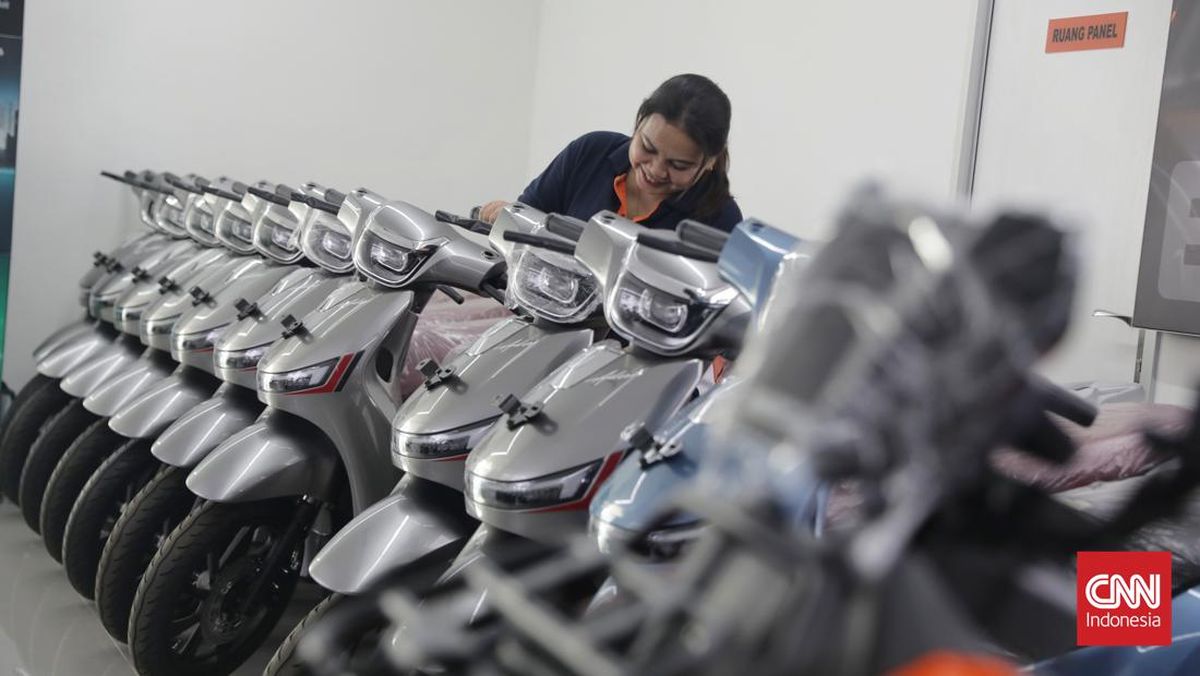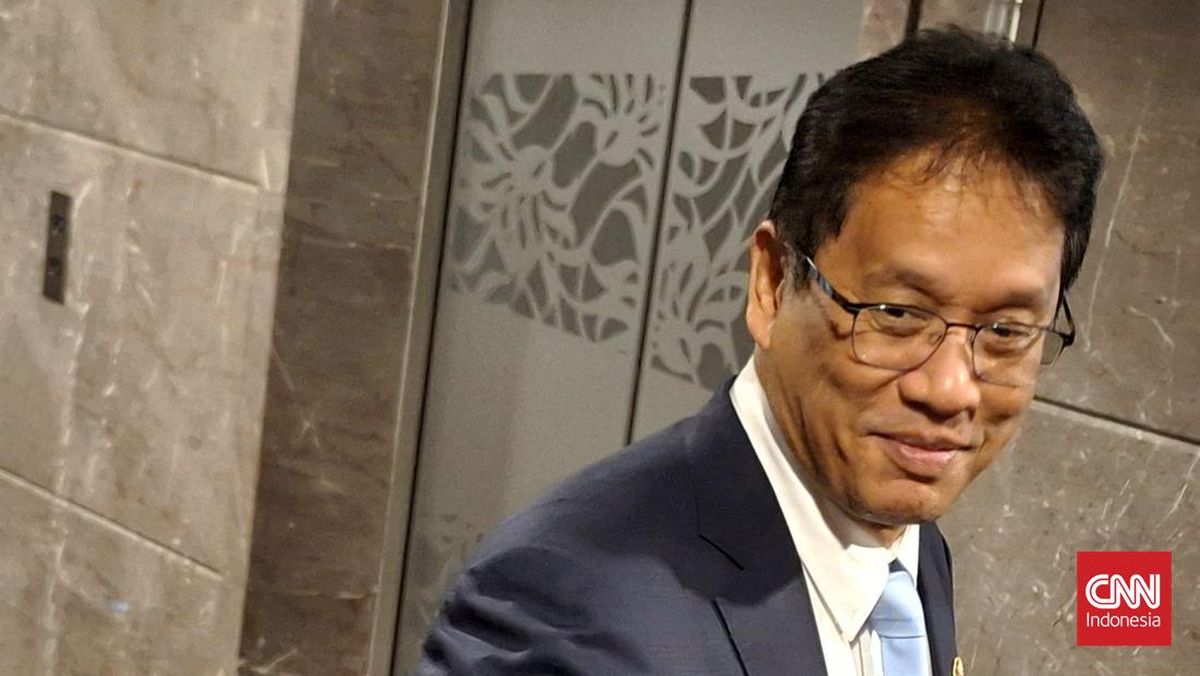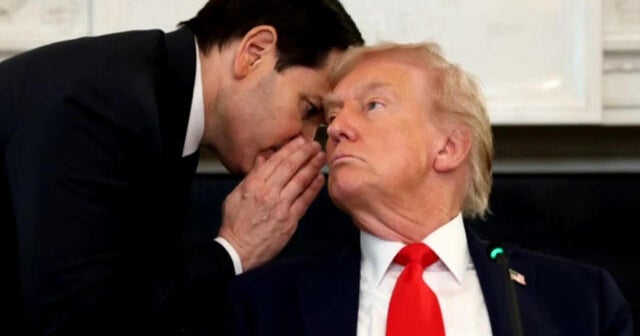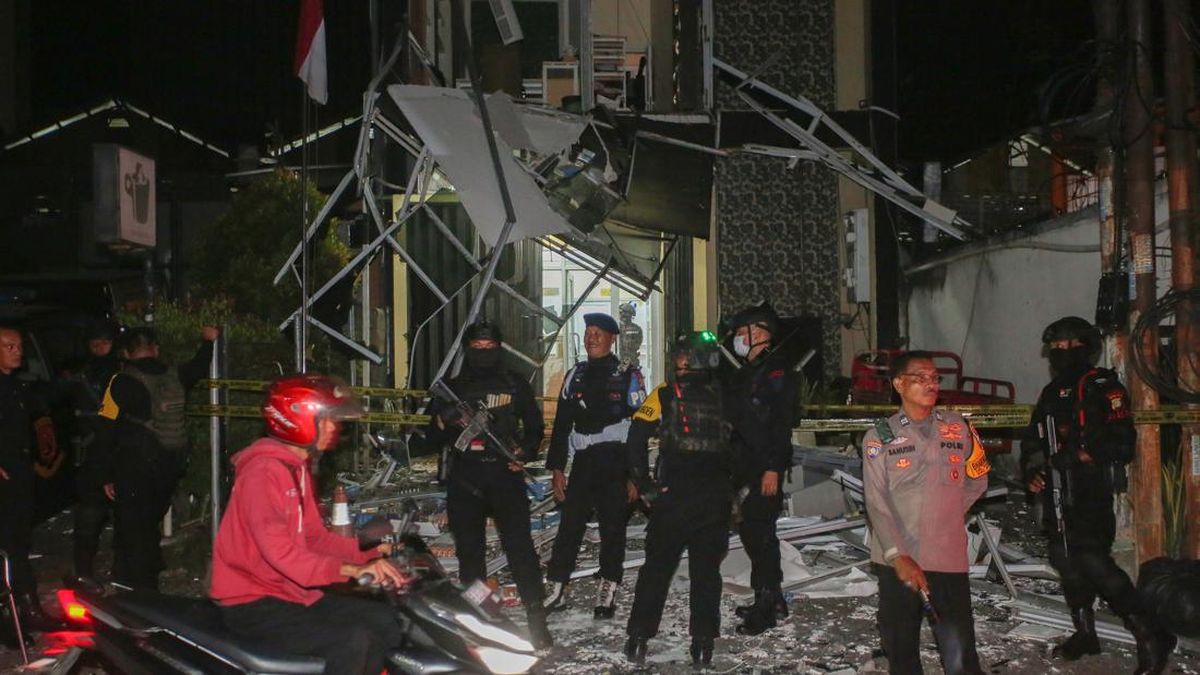Opinion
October 9, 2025 — 12.04pm
October 9, 2025 — 12.04pm
Donald Trump’s protectionist trade wars are now spawning protectionism around the globe as countries try to defend themselves against a flood of cheap imports from China, diverted by the tariff wall that he has built around America.
On Wednesday, the European Commission signed off on a proposal to nearly halve the quota for tariff-free steel imports and double the tariff on imports beyond that level in response to a surge in cheap goods from Asia, mainly from China.

US President Donald Trump’s trade war triggers protectionist moves around the world.Credit: AP
The quota will be reduced from 28 million tonnes of steel a year to 18.35 million tonnes and the tariff will rise from 25 per cent to 50 per cent – the same rate the US slapped on steel imports earlier this year – if the European Union endorses the proposal.
If implemented, the measures would be devastating for the UK steel industry, where about half its annual production and 80 per cent of its exports are going to the EU - which stands to show how the ripples from Trump’s trade wars could cascade through other economies.
The EU isn’t the only country responding to the second-round effects of the combination of America’s tariff on steel imports and the excess capacity in China’s steel industry. China is the dominant global steel producer, with a market share above 50 per cent.
Last month, Mexico announced its plan for tariffs of up to 50 per cent on products, including steel, from China. Canada has a 25 per cent tariff on Chinese steel imports and Brazil has said it is considering its own tariffs to protect a domestic steel industry that is teetering under an assault from Chinese imports.
The increasingly gloomy outlook for global trade will become even darker if countries continue to respond to Trump’s trade war by erecting barriers of their own.
In Australia, the Albanese government in July shifted the entire responsibility for investigating and responding to cheap imports, which had been split between the Productivity Commission and the Anti-Dumping Commission, to the traditionally more protectionist Anti-Dumping Commission.
Earlier this month, the government boosted the Anti-Dumping Commission’s funding and issued it with a new statement of expectations, making it clear it wanted a tougher stance to protect the country’s smelters, steel production and critical minerals companies from artificially cheap imports.
While steel has particular national interest implications – the European Commission has cited its importance to the planned expansion of Europe’s armaments production, for instance – there are other sectors where tensions have increased.
Electric car exports -- from a Chinese industry marked by massive excess capacity and only a couple of profitable companies -- are another high-profile sector, but even clothing and textile markets are being hit by a diversion of exports from China, and Asia more broadly, away from the US.

China’s electric car industry is flooding the world with its cars.Credit: Bloomberg
EU imports of clothing and textiles, for instance, were up 20 per cent in value and volume in the first half of this year, threatening an EU industry that employs about 1.3 million people and generates about $300 billion a year of annual sales.
The EU is now proposing to emulate the US by scrapping its tax-free threshold of about $265 for small parcel imports and charging a flat fee instead. That’s in response to the impact that the scrapping of America’s $US800 ($1200) exemption from duties for small parcels is having, with Chinese online retailers like Shein and Temu searching for new markets to compensate for their lost competitiveness in America.
With European companies not only facing competition from Asian competitors, but also experiencing lower sales in the US because of Trump’s 15 per cent tariff on most of their imports, there’s growing pressure from the clothing and textile sectors for tariff protection of their own.
Loading
It is notable that there hasn’t been the expected tit-for-tat international retaliation that could have occurred in response to Trump’s trade wars. All countries that trade with the US have had tariffs - at varying levels - imposed on their exports to the US but, other than China, few have hit back.
That’s part of the explanation for why global trade has held up better than might have been expected.
On Tuesday, the World Trade Organisation said in a report that global merchandise trade had out-performed expectations in the first half of this year. Where it had previously forecast growth this year of only 0.9 per cent, it now expects growth of 2.4 per cent.
At the same time, though, it has slashed its forecast for next year from 1.8 per cent to 0.5 per cent.
There are a couple of factors to why there has been such a big shift in expectations between the WTO’s estimates made in August and its revised forecasts.
The biggest and broadest of Trump tariffs were announced on “Liberation Day” (April 2), but their introduction was delayed as the administration tried to negotiate individual deals with its bigger trading partners and only went “live” in early August.

The biggest and broadest of Trump tariffs were announced on “Liberation Day” in April.Credit: AP
In the meantime, US companies seized the opportunity to “front-load” their purchases, building up their inventories of tariff-free imports to defer the tariffs’ eventual impact on their costs, prices and sales. That’s why the first-half growth in trade was significantly stronger than the WTO expected.
Now that the US tariff wall is in place (although Trump keeps adding to it), the impact of the levies will progressively increase and become more visible as those bloated inventories are run off. Hence the bleak outlook for trade next year.
It’s not only the trade in goods that will be affected. The WTO says services export growth is also expected to slow, from last year’s 6.8 per cent to 4.6 per cent this year and 4.4 per cent next year. Although services aren’t (yet) exposed to tariffs, the WTO says services trade can be affected indirectly by links to the goods trade.
Loading
A silver lining in the otherwise bleak outlook painted by the WTO is that goods related to artificial intelligence – semiconductors, servers and telecommunications equipment – provided almost half of the growth in first-half trade, with the value of that rising 20 per cent year-on-year.
Some economists have calculated that AI-related spending is generating almost all of America’s economic growth this year. AI-related investment in data centres, chips and power generation has accelerated through the year and is expected to reach, if not surpass, $US400 billion ($601 billion) this year in the US alone.
It’s the one bright note in a still-emerging, but increasingly gloomy outlook for global trade that will become even darker and more complex if countries continue to respond to Trump’s trade war by erecting barriers of their own to slow the growth of imports re-routed from the US.
The Business Briefing newsletter delivers major stories, exclusive coverage and expert opinion. Sign up to get it every weekday morning.
Most Viewed in World
Loading



